Unlocking the Potential of Your Three-Bedroom, Two-Bath Home: A Guide to Effective Product Marketing
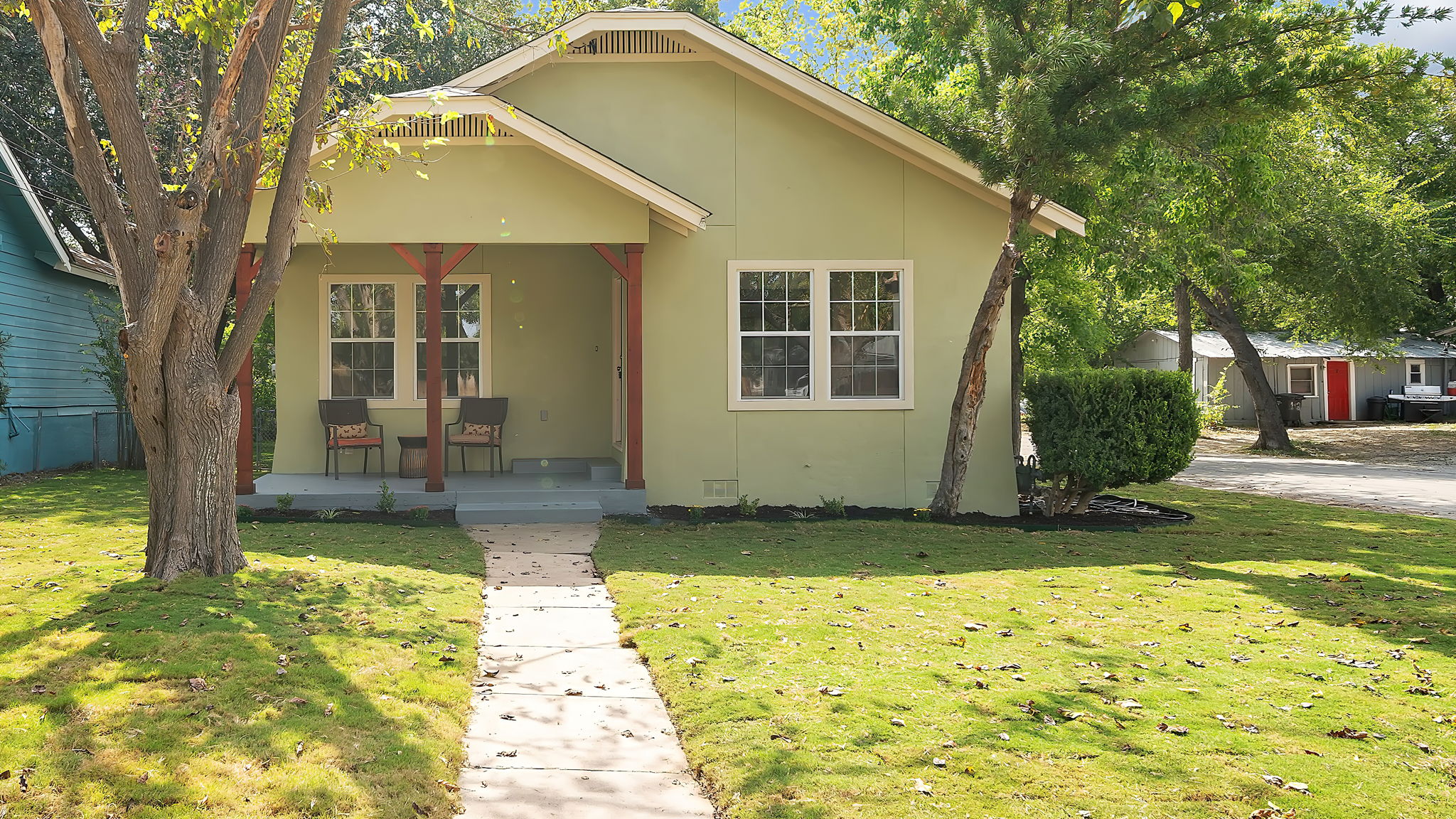
As an interior design and architectural expert, I understand the power of a well-designed space. A three-bedroom, two-bath home offers a versatile canvas for creating a comfortable and functional living environment. But to truly resonate with your ideal customer, you need to go beyond the basic features and highlight the benefits that these features deliver.
Here’s a breakdown of how to effectively communicate the value proposition of your three-bedroom, two-bath home, focusing on the features that matter most to your target audience:
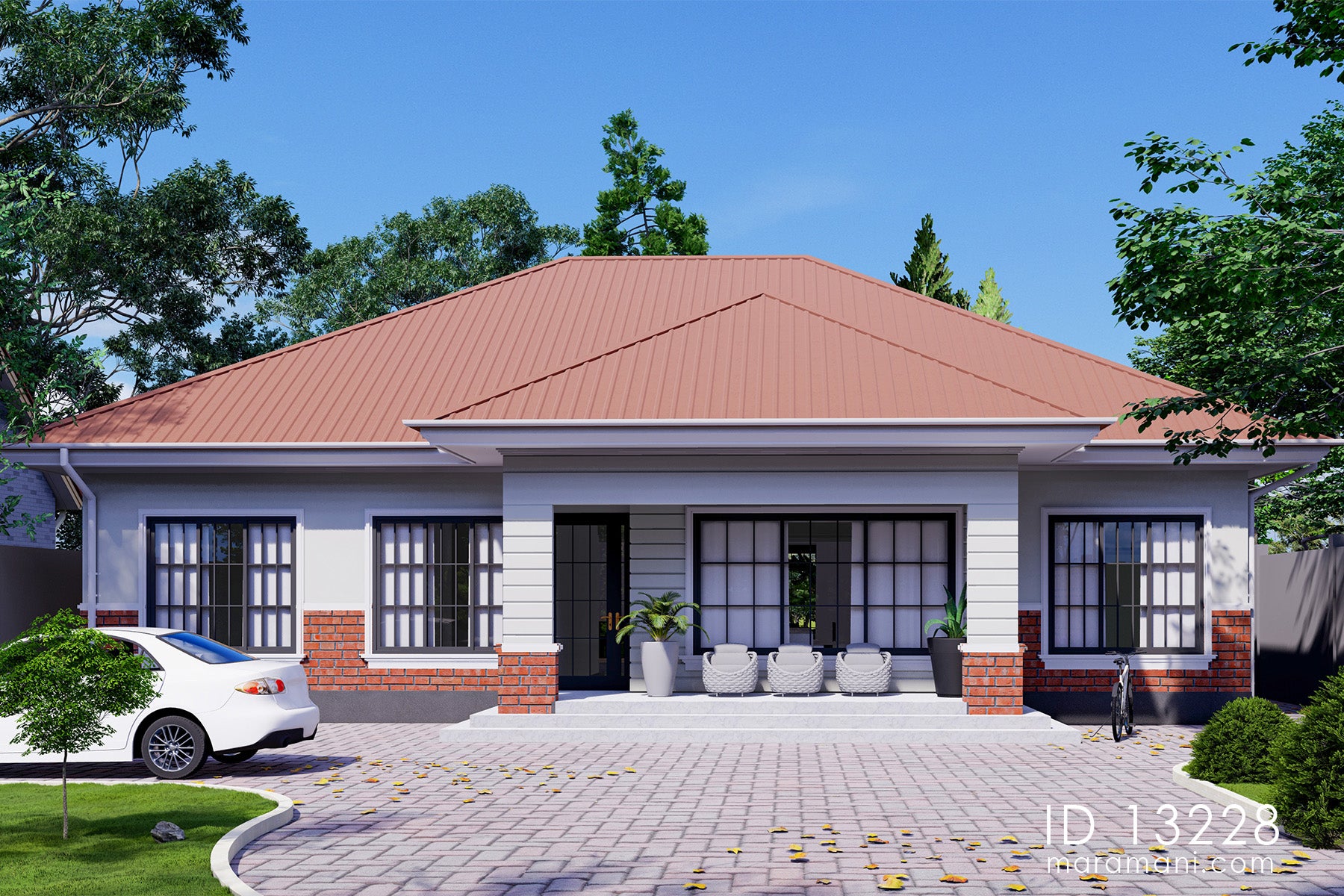
1. Defining Your Ideal Customer Persona:
Before we dive into specific features and benefits, we need to understand who your ideal customer is. This involves creating a detailed persona that encompasses their:
- Demographics: Age, gender, income, occupation, family size, location.
- Psychographics: Lifestyle, values, interests, hobbies, motivations.
- Needs and Pain Points: What are their current housing challenges? What are they looking for in a new home?
- Goals and Aspirations: What are their future plans and dreams related to their home?
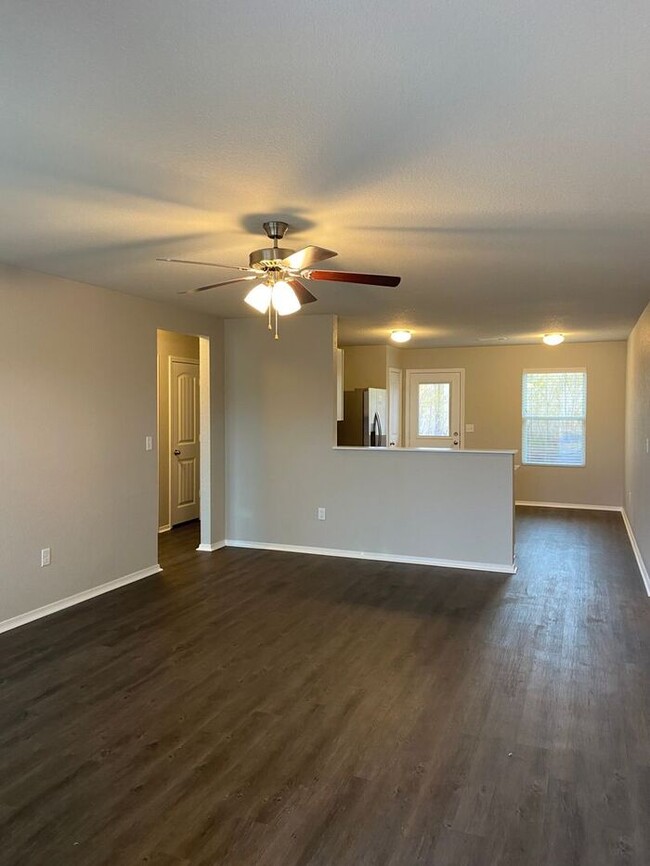
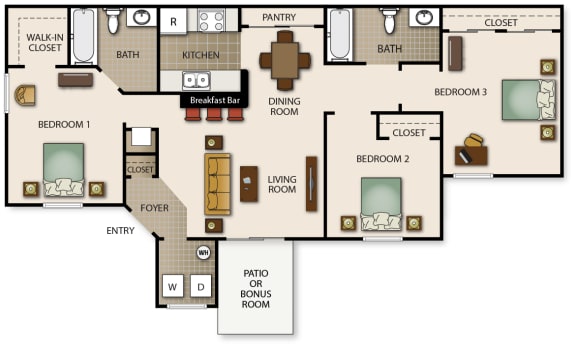

Example Persona:
Name: Sarah and John
Age: 35 and 37
Occupation: Sarah is a marketing manager, John is a software engineer
Family: Two young children, ages 5 and 7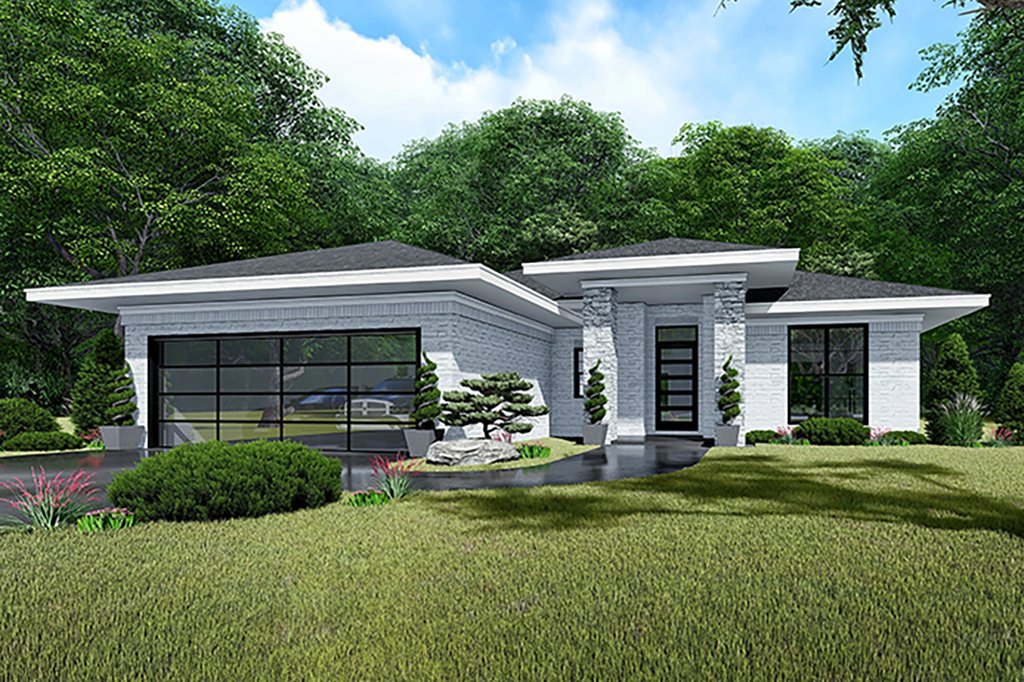
Lifestyle: Active, enjoys entertaining, values quality time with family
Needs: More space for their growing family, a dedicated home office for John, a backyard for the kids to play
Pain Points: Their current two-bedroom apartment is cramped and lacks privacy, they are tired of living in the city and desire a more spacious and peaceful environment.
2. Tailoring Your Message:
Once you have a clear understanding of your ideal customer, you can tailor your marketing message to address their specific needs and desires. Here are some key areas to focus on:

a) Space and Functionality:
- Feature: Three bedrooms, two bathrooms.
- Benefit: Spacious and comfortable living: For Sarah and John, this means ample room for their family to spread out, dedicated spaces for each child, and a master suite offering privacy and relaxation.
- Benefit: Flexible layout: The layout can be adapted to suit their needs, whether it’s creating a playroom for the kids, a home office for John, or a guest room for visiting family.
- Benefit: Convenience and efficiency: Two bathrooms eliminate morning rush hour congestion and provide separate spaces for personal hygiene and grooming.


b) Location and Lifestyle:
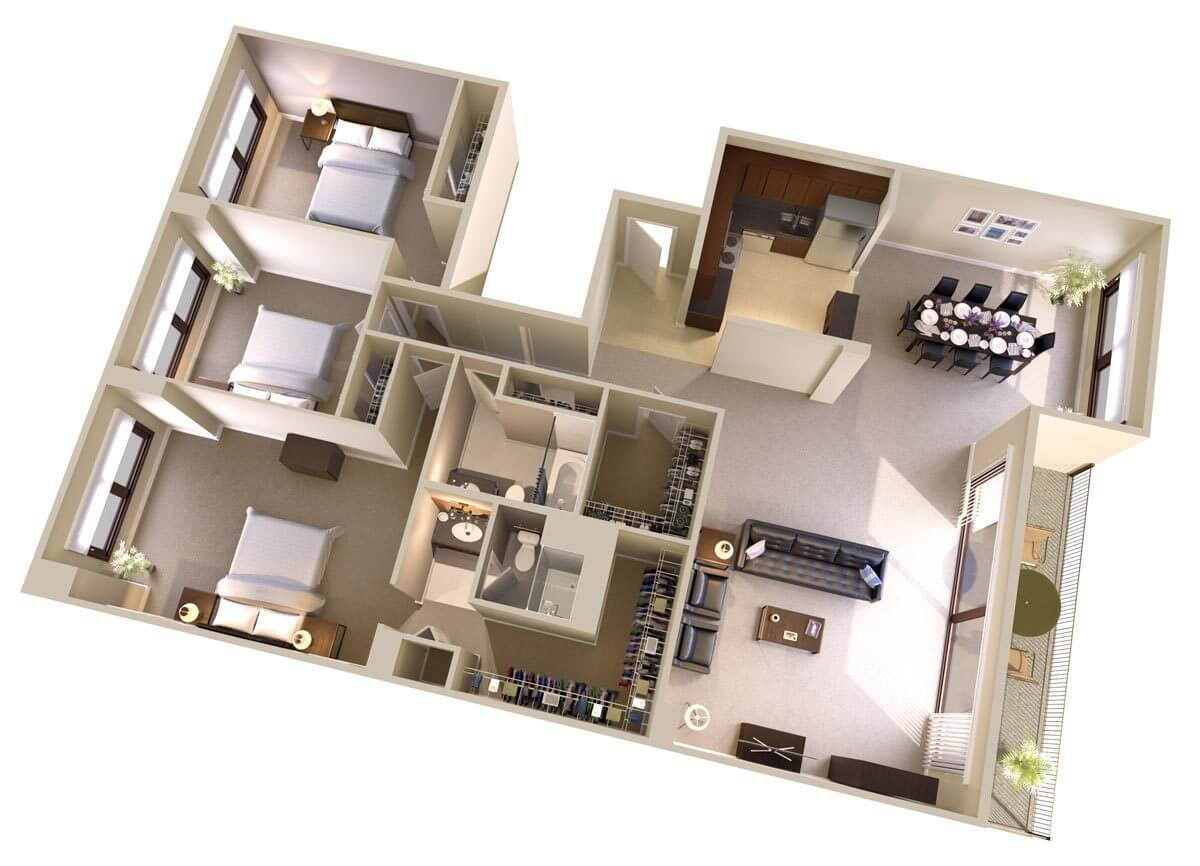
- Feature: Location in a desirable neighborhood, close to amenities.
- Benefit: Peace and quiet: For Sarah and John, this means escaping the hustle and bustle of city life and enjoying a more peaceful environment.
- Benefit: Family-friendly community: A safe and welcoming neighborhood with parks, schools, and recreational facilities for their children.
- Benefit: Convenience and access: Proximity to shops, restaurants, and other amenities makes daily life easier and more enjoyable.
c) Design and Aesthetics:
- Feature: Modern design, open floor plan, natural light.
- Benefit: Stylish and inviting atmosphere: A home that reflects their personal style and creates a welcoming space for family and friends.
- Benefit: Sense of spaciousness: The open floor plan creates a sense of openness and flow, maximizing the use of space and enhancing the overall feeling of airiness.
- Benefit: Natural light and energy efficiency: Large windows and well-designed lighting create a bright and airy environment, reducing the need for artificial light and promoting a sense of well-being.
d) Investment and Value:
- Feature: Solid construction, durable materials, potential for appreciation.
- Benefit: Long-term investment: A home that will provide a safe and secure haven for their family for years to come.
- Benefit: Appreciation potential: The home’s location and design contribute to its value and potential for future appreciation.
- Benefit: Peace of mind: Knowing that they are investing in a high-quality home that will stand the test of time.
3. Storytelling and Emotional Connection:
While highlighting features and benefits is important, you also need to connect with your audience on an emotional level. This can be achieved through:
- Visual storytelling: Use high-quality photographs and videos to showcase the home’s beauty, functionality, and potential.
- Testimonials and customer stories: Share real-life experiences of families who have purchased similar homes and are enjoying the benefits.
- Lifestyle imagery: Show how the home fits into their desired lifestyle, whether it’s hosting dinner parties, enjoying family movie nights, or spending time in the backyard.
Example Story:
"Sarah and John were tired of their cramped apartment. They dreamed of a home where their children could have their own space, where John could work from home without distractions, and where they could finally enjoy a backyard for family gatherings. When they discovered this three-bedroom, two-bath home, they knew it was perfect. The spacious layout, the modern design, and the peaceful neighborhood were everything they had been looking for. Now, they are enjoying the comfort and flexibility of their new home, creating lasting memories with their family."
4. Call to Action:
Finally, don’t forget to provide a clear call to action. Encourage potential customers to:
- Schedule a tour: Give them a chance to experience the home firsthand.
- Request more information: Provide them with detailed brochures, floor plans, and other resources.
- Contact a sales representative: Make it easy for them to connect with someone who can answer their questions and guide them through the purchasing process.
Remember, the key to effective product marketing is to focus on the benefits that your product or service delivers to your ideal customer. By understanding their needs, desires, and pain points, you can craft a compelling message that resonates with them and inspires them to take action.

